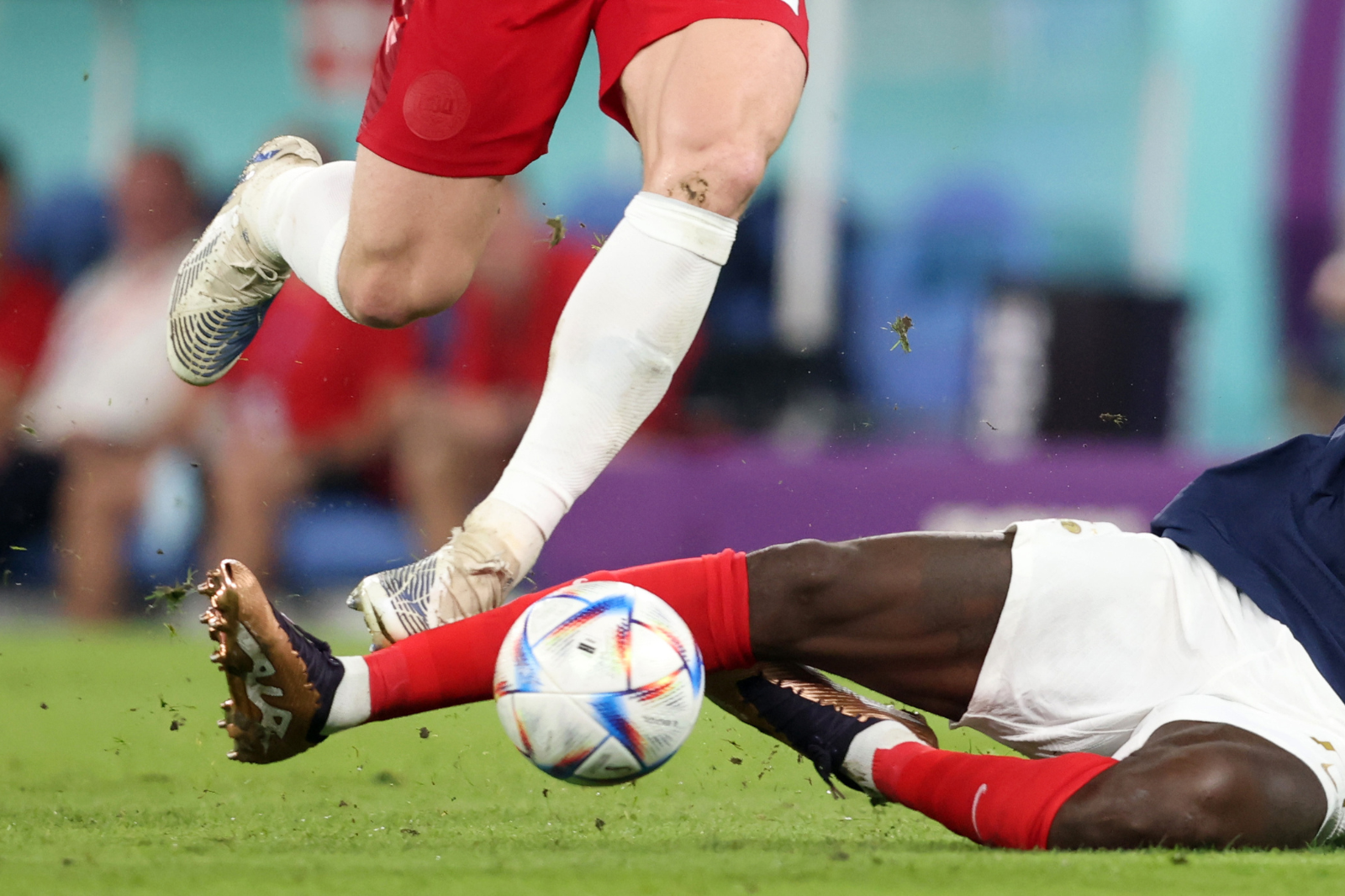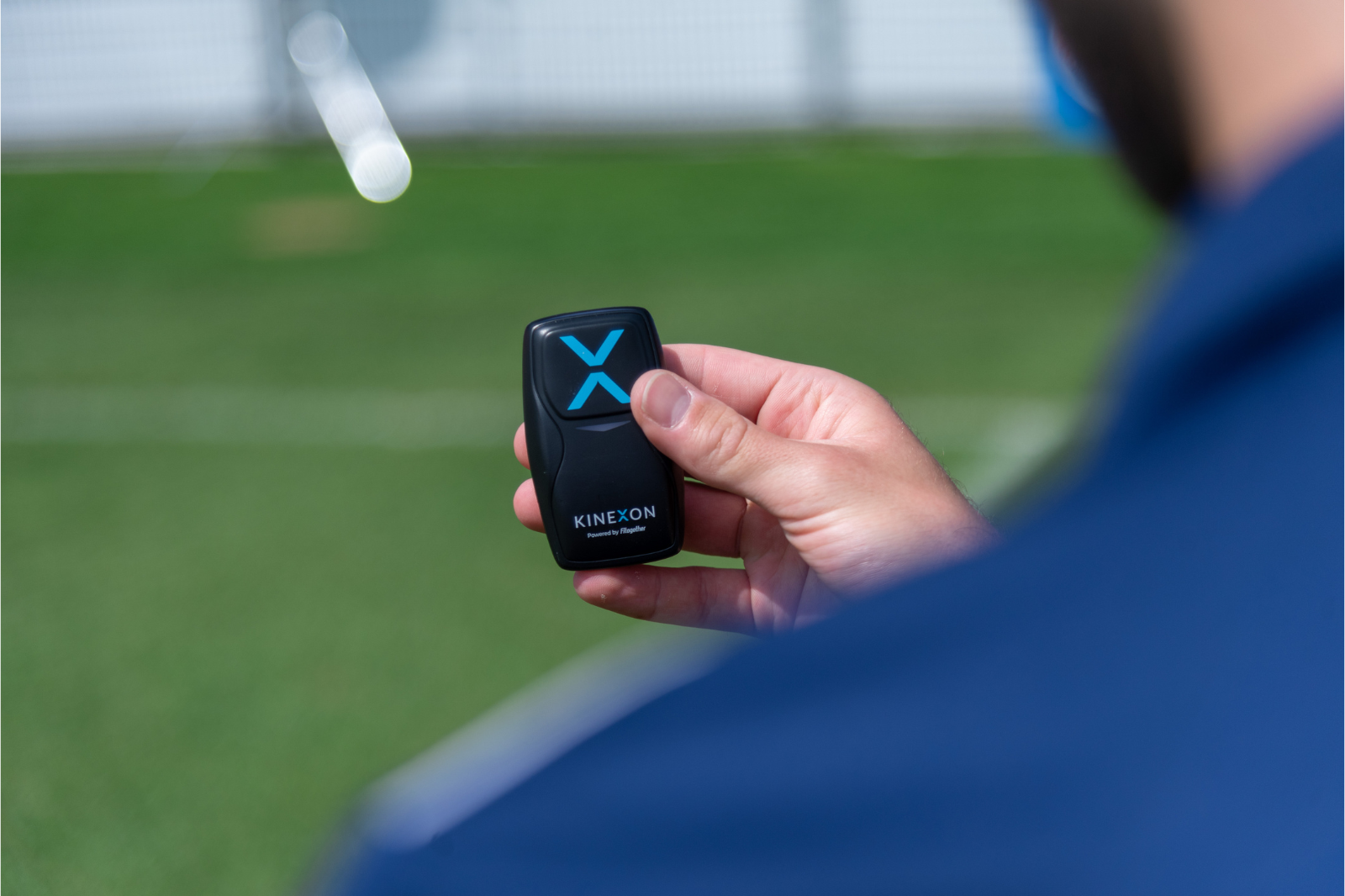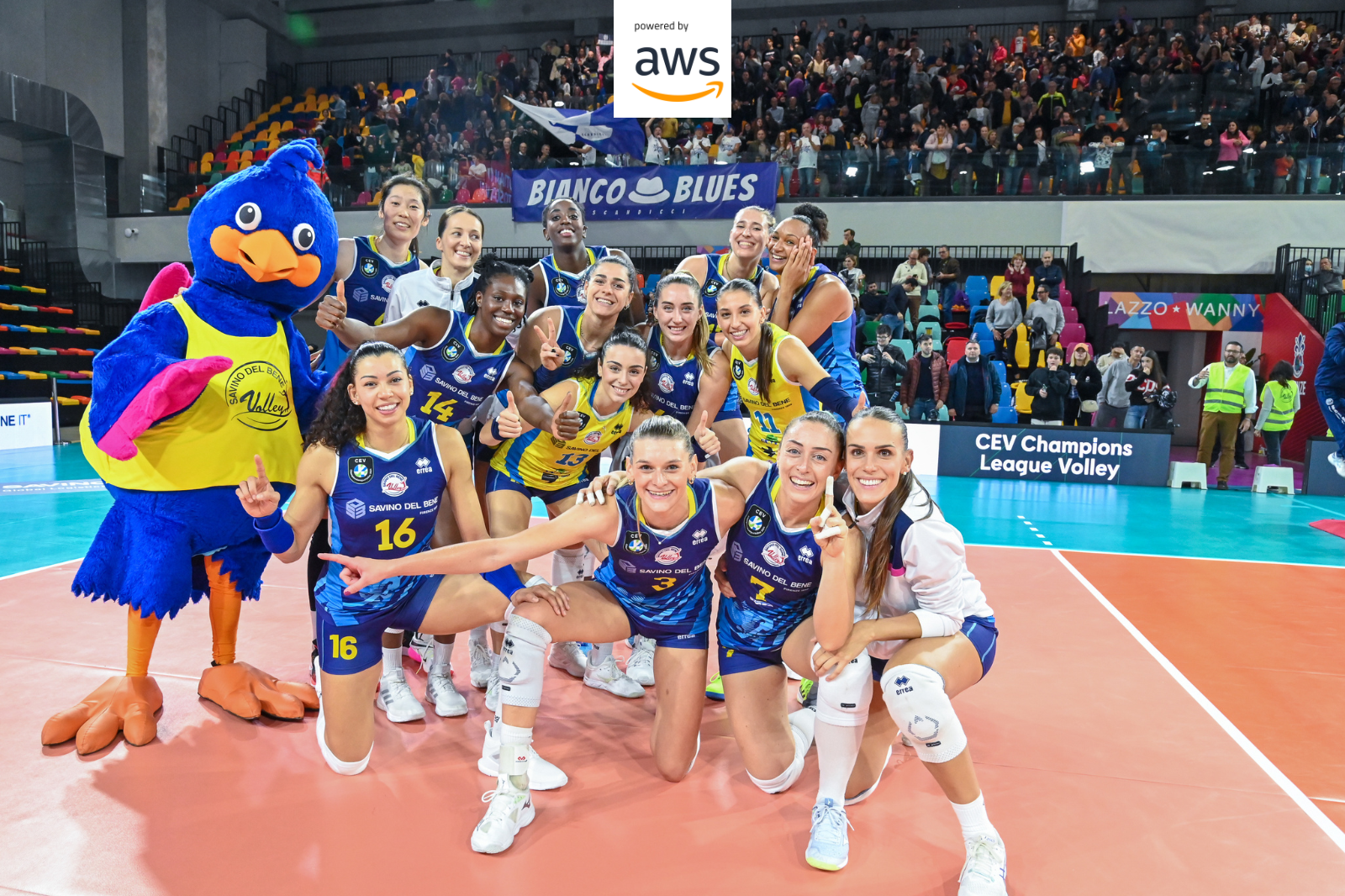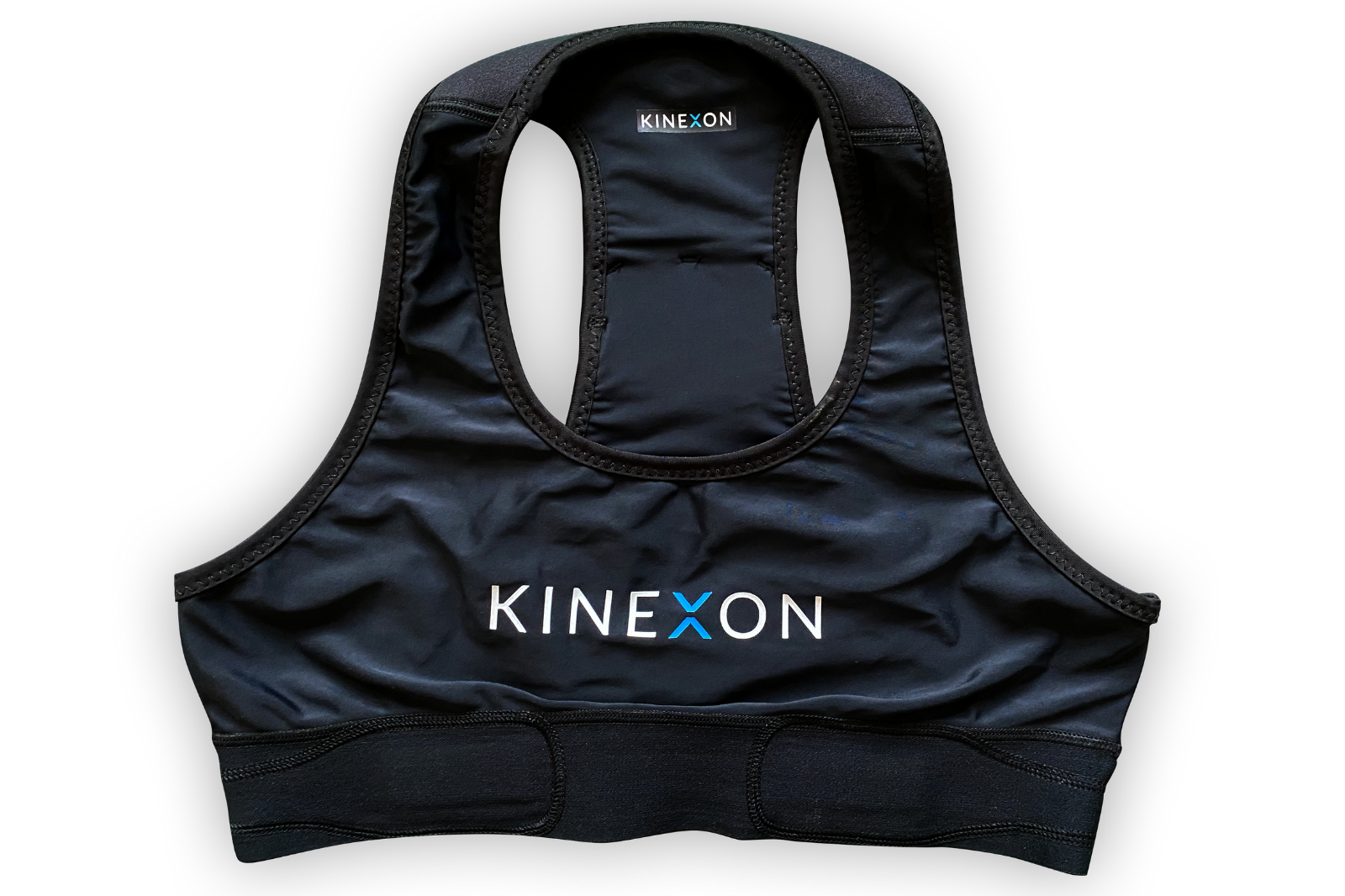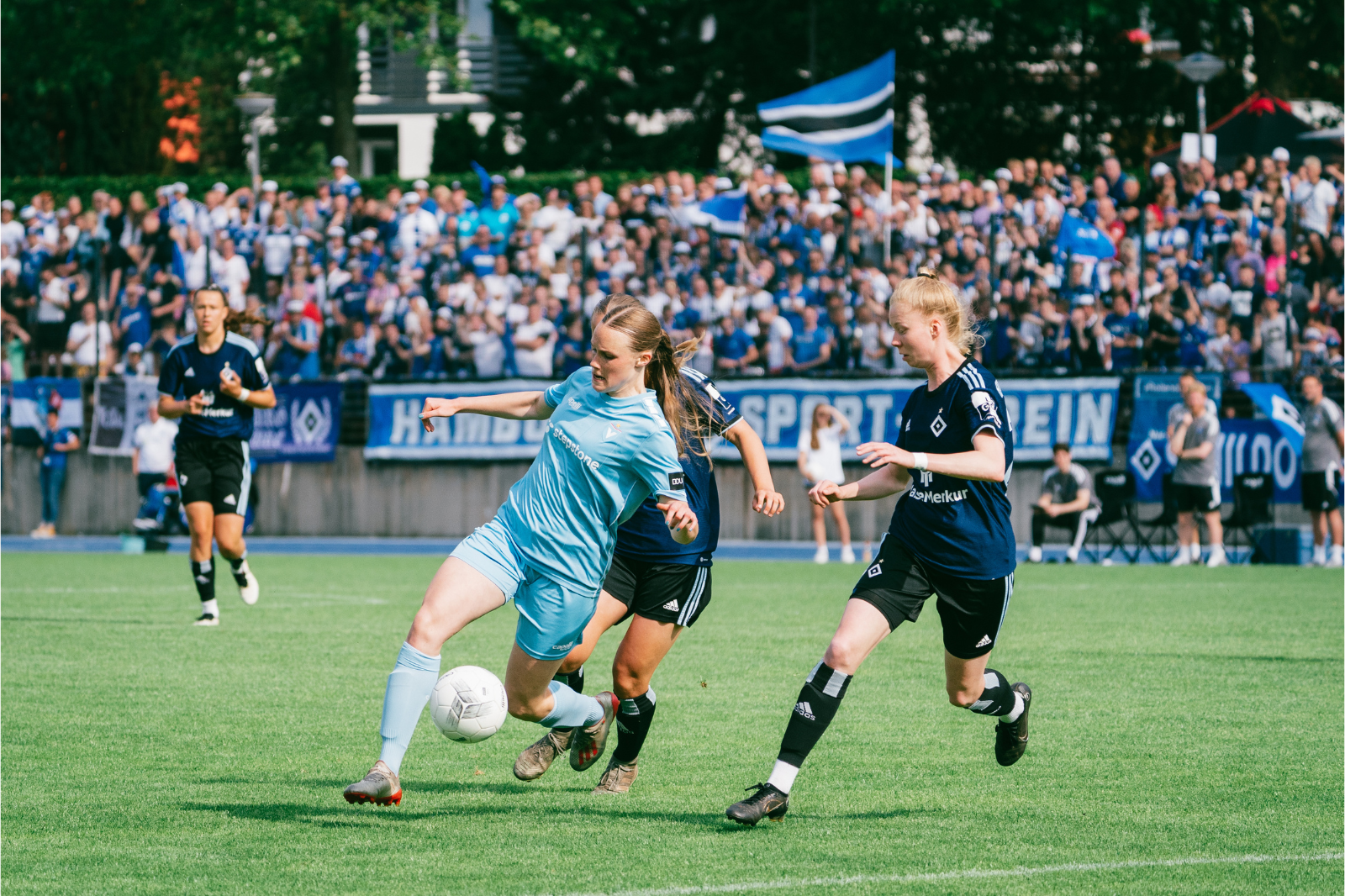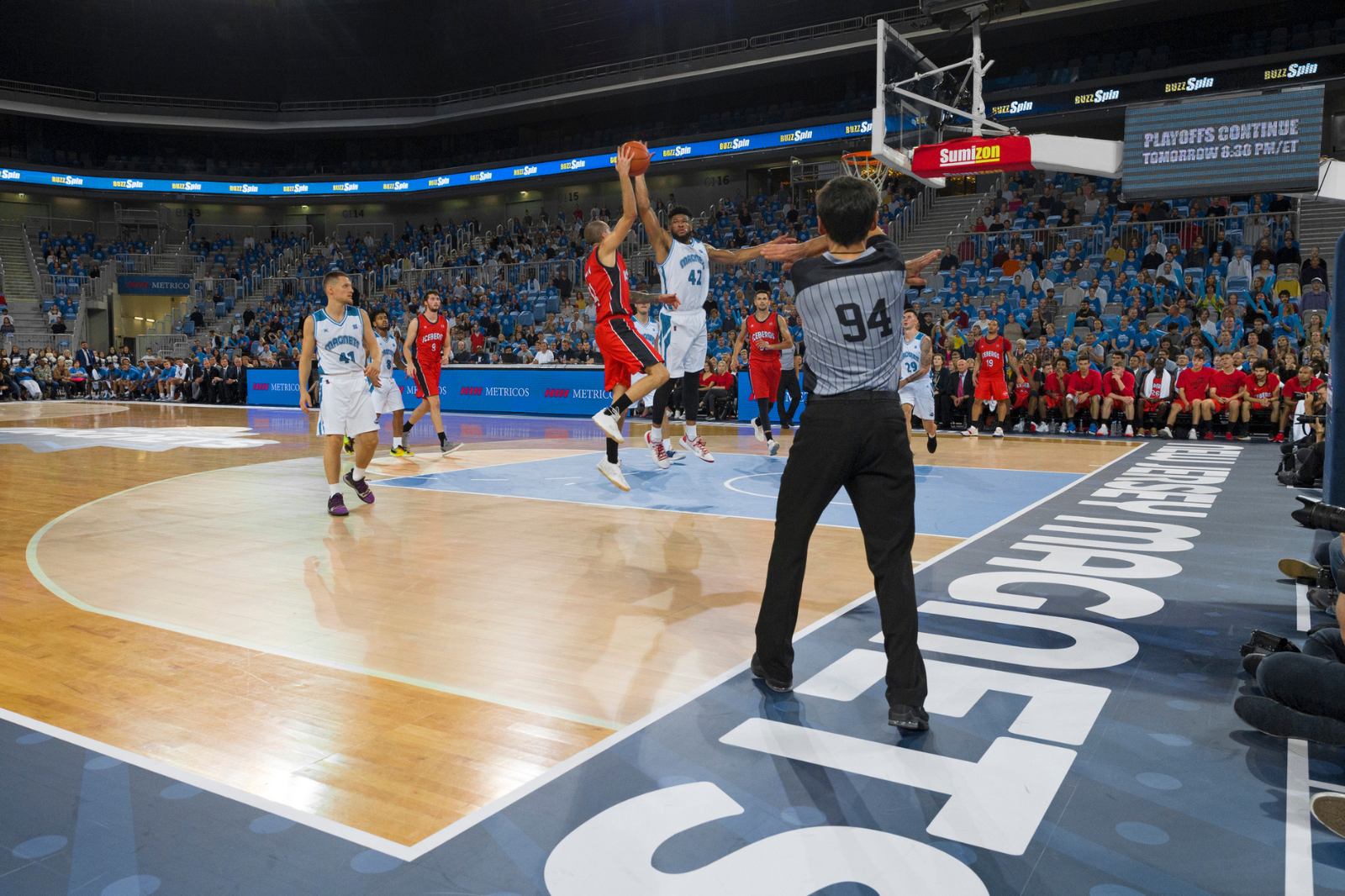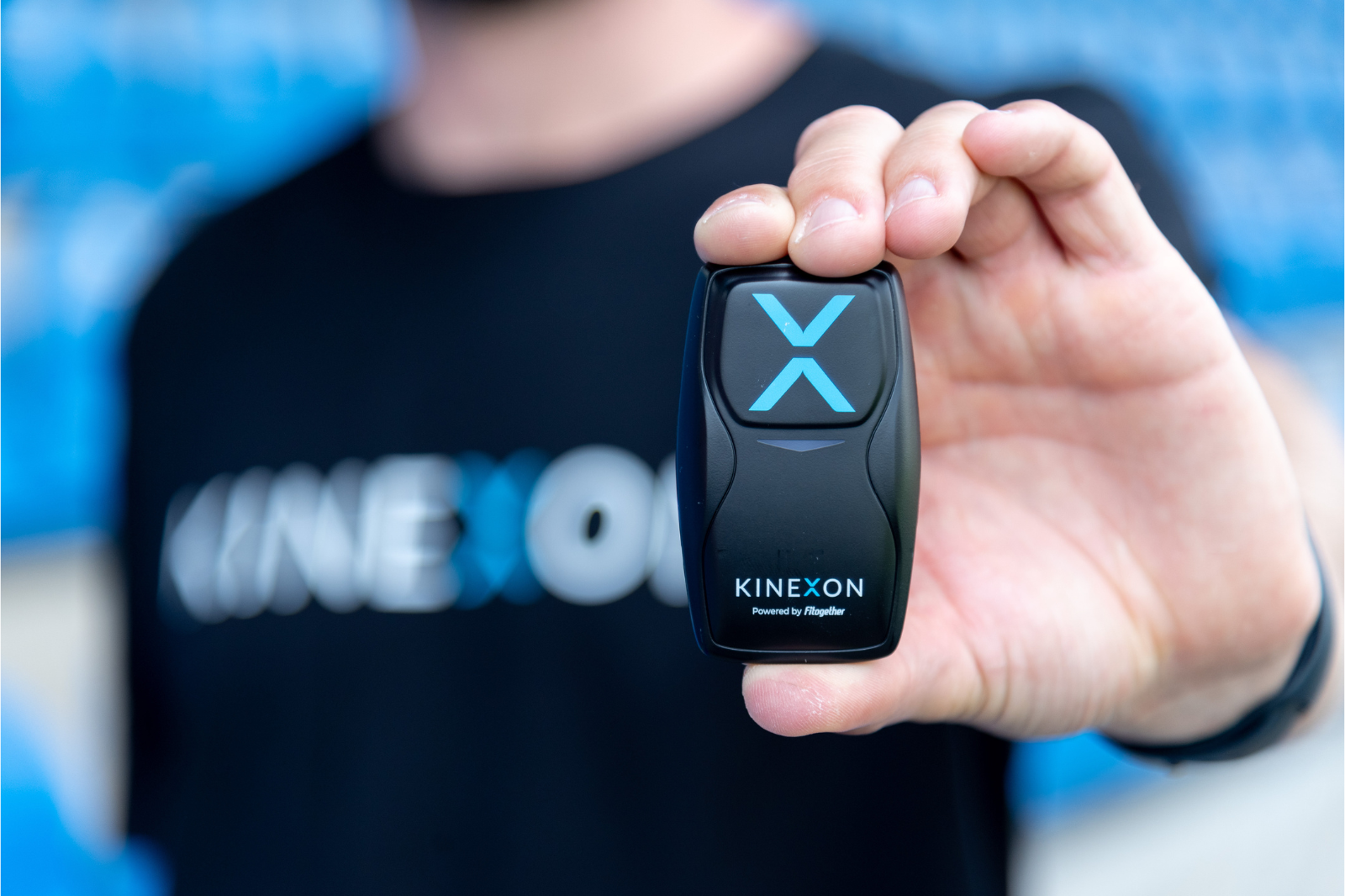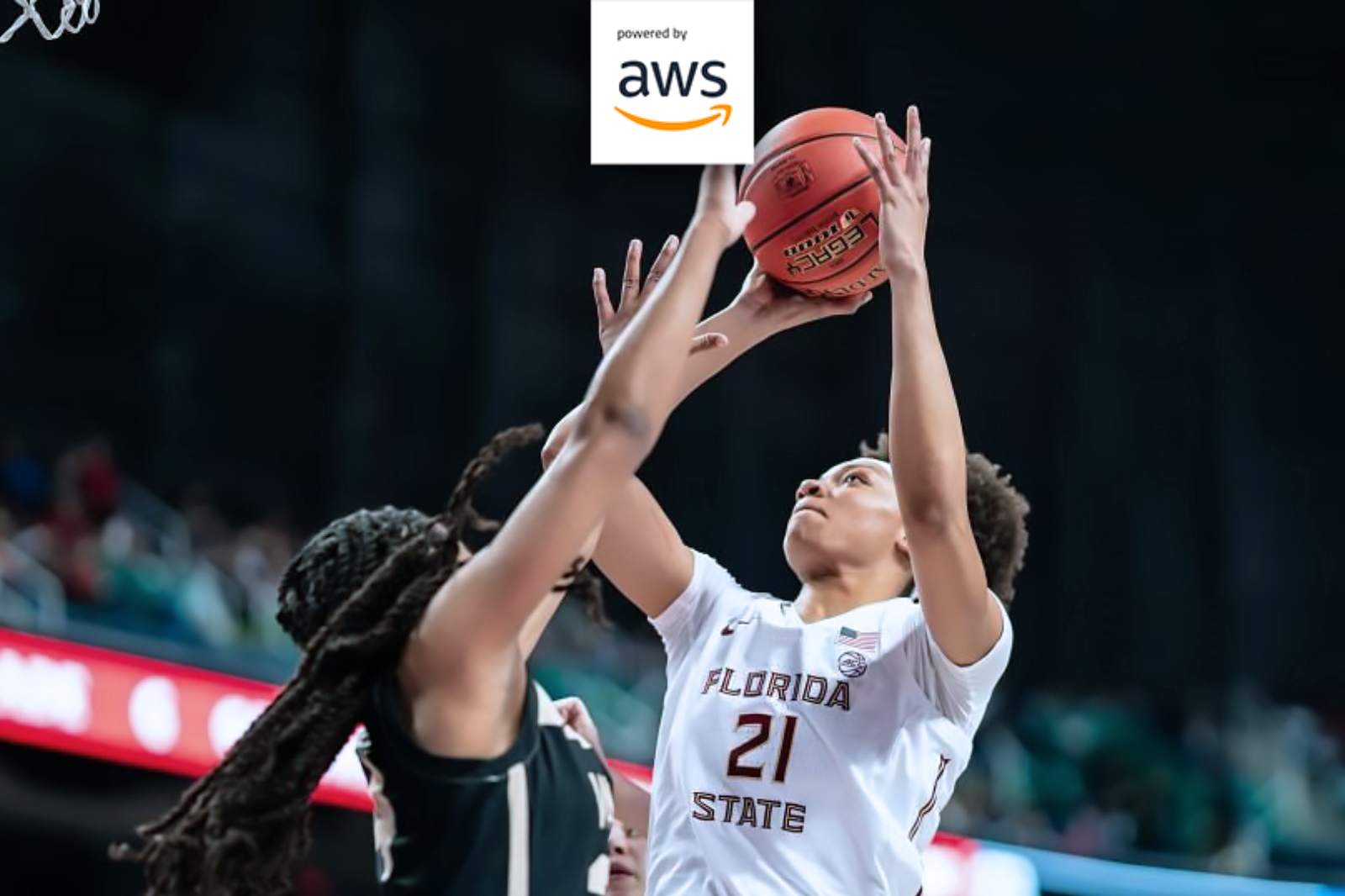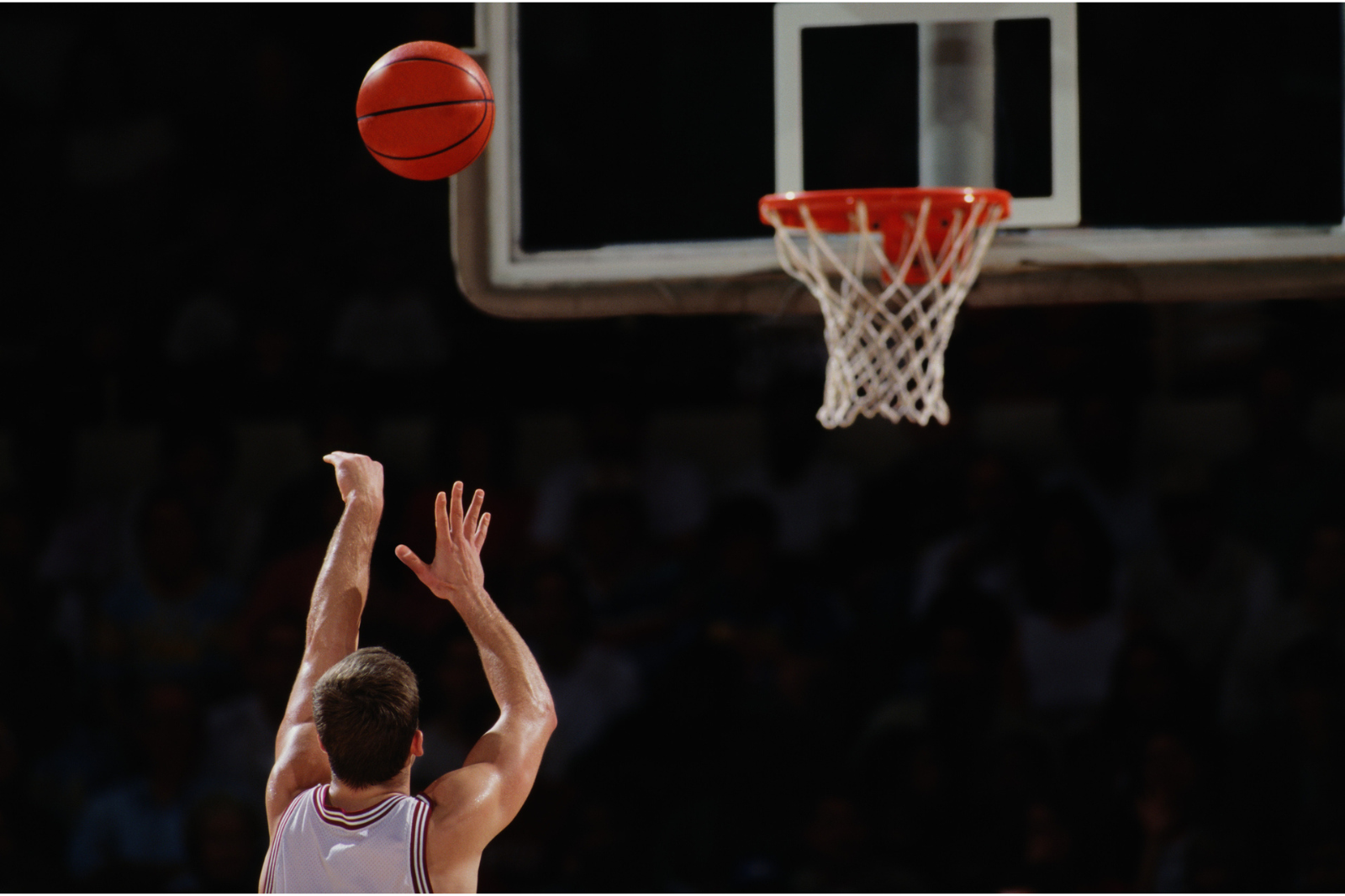Key-Performance Indicators from Football (Soccer) Player Tracking and How to Use Them
Using soccer player tracking software metrics has become almost mandatory in pro football (soccer). They may not guarantee success. Yet, knowing which key performance indicators to use and how to combine them helps evaluate athletes’ performances, prevent injuries, and lead them to peak performance.
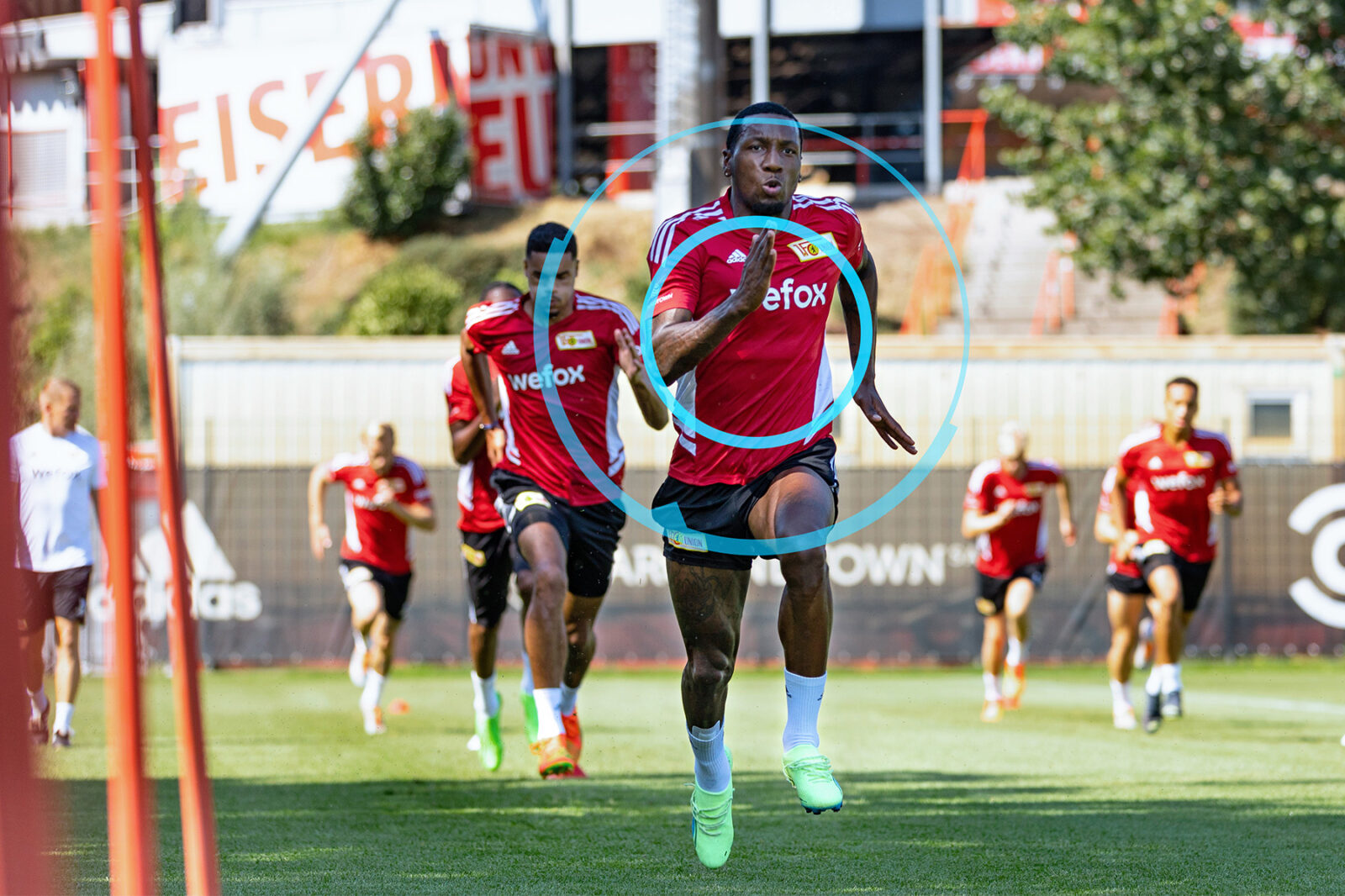
Author: Rene Prüssner
Key performance indicators lay the groundwork for tracking players’ performance effectively. Yet, attributing the same key metrics to every player in the exact same way will not work. Humans are individuals. Athletes react individually to practice and games.
Also, coaches have differing focuses. While one may favor an overpowering style of football, another may be looking to dominate opponents through possession and passing.
Hence, a single metric can be the first dot. Only by looking at volume‑, intensity‑, internal-and external data altogether, by contrasting mechanical and metabolic load and connecting all those dots over a range of time, is it possible to paint a player’s performance picture.
Martin Krüger, Union Berlin’s athletics coach, explains why metrics played a crucial role in the club having the least days missed due to injury during the first half of the current Bundesliga season.
Football (Soccer) Player Tracking: Load Management for Players
Taking all that into account is particularly vital in football, where players cover around 10km at an average speed of 7km/h, about 1.5km at high intensity. Add about 20 sprints per game, and you get a mix of endurance and explosiveness.
Players need to change directions quickly, sometimes at almost full speed. They must stop or accelerate on the spot while covering lots of ground. That may lead to overload – – and injuries. Especially to the knees, ankles, and muscles.
If you’re interested in learning more about our football (soccer) player training devices, please contact us. One of our experts will get your team set up with a customized load management plan.

Finding and defining the right metrics is critical to your team’s success. You must use a combination of volume vs. intensity. Our sport scientists will not only help you (coaches) analyze the data, they’ll develop a strategy that is based on your team’s needs.
Benefits of Football (Soccer) Player Tracking and Load Management
Therefore, by tracking specific key performance indicators over a week, month or season, coaching staffs can monitor whether a player differs from their usual performance. Plus, it becomes apparent if an athlete stagnates despite training designed to stimulate a spike.
Compared to practice metrics, match data can indicate whether a player can apply the training efforts during a game. Match metrics also help manage load, as coaches can use them as a reference point to aim at certain intensity levels during the practice week.
Through live soccer player tracking, that process becomes even more agile. Coaches witness how specific exercises impact their players’ performance in real-time. If the metrics indicate too much or a lack of intensity, coaches can adjust immediately.
Key Player Metrics in Football
When using a soccer player tracking device for in-depth analysis, all metrics need to be applied with a player’s position in mind. For example, during a game’s the requirements for a center-back differ from those for a winger. The following key-performance indicators facilitate that process:
- Acceleration Load: Adding up different acceleration data like movements, jumps and bumps to one single number, the data indicate what a practice demands from the athlete’s body and possible overload: the higher the acceleration load, the more intense the training session or exercise.
- Combine With: distance covered in high-intensity ranges.
- Total distance: basic volume metric that does not tell much if looked at in isolation.
- Combine with: acceleration load and heart rate metrics or TRIMP.
- Sprints: high-intensity metric tracking how often and long a player sprints during practice. With repeated sprints being crucial in football, monitoring them over time indicates whether training is effective and how it affects the players’ match performances.
- Combine with: internal load metrics to determine how demanding training sessions are and manage the load.
- Training Impulse (TRIMP): Indicating internal load, TRIMP helps track a training session’s demands from the player. It uses the average minimal and maximum heart rate and the session’s duration. The benefit: coaches can determine whether an athlete needs more aerobic or anaerobic workouts. Plus, they can compare the demands of training and match and see if a specific exercise meets the TRIMP values of a match. Analyzing values over time allows staffs to spot a player’s exhaustion and overload.
- Combine with: external metrics to track the demands that training sessions put on players.
Metrics like decelerations, accelerations, and impacts become very meaningful to me, whereas someone focused on optimization might focus on speed zones and maximum achieved statistics.
KINEXON’s Role in Football Player Tracking
Offering ball-and player tracking, KINEXON Football provides all the metrics coaching staffs need to evaluate their players’ performance. Being incredibly precise and supplying metrics 3‑dimensionally in real-time, KINEXON player tracking solutions help design training sessions more effectively.
That helps prevent injuries, and players get assistance to peak at the right time. For more insights, explore our recent case study with Union Berlin. As in the previous season, no club has fewer injuries in the first half of the current Bundesliga season than Union Berlin. Martin Krüger, Union’s Athetic Coach, is certain that tracking data has played an important role.
